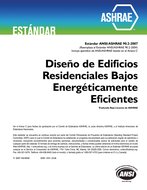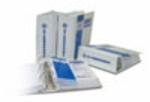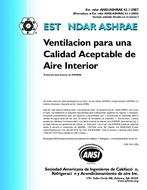Description
Energy conservation strategies for the built environment currently include altering thermostat settings, lighting levels and ventilation rates, increasing the thermal resistance of the building’s skin, reducing infiltration and upgrading the efficiencies of environmental control equipment. Another suggested technique that appears to have promise is allowing the temperature of living space to drift with outside conditions and internal loads due to intermittent or reduced capacity of temperature control equipment, providing the rate and duration of the temperature drift is acceptable to the occupants.
The question that remains unsolved is to what extent do the occupants react to such temperaturedrifts and under what conditions do they find them acceptable or objectionable. Littlecomfort information is available on temperature transients in the engineering literature.
The present study expands on earlier studies by specificallyasking the subjects if the environment is thermally acceptable or not as well as testing themin 3 different levels of clothing. The primary factors considered were rate of temperature changeand level of clothing. The ultimate objective is to propose operating schedulep that are compatiblewith comfort and thermal acceptability.
Citation: ASHRAE Transactions, Volume 84, Part 1, Atlanta, GA
Product Details
- Published:
- 1978
- Number of Pages:
- 12
- File Size:
- 1 file , 620 KB
- Product Code(s):
- D-AT-2476




